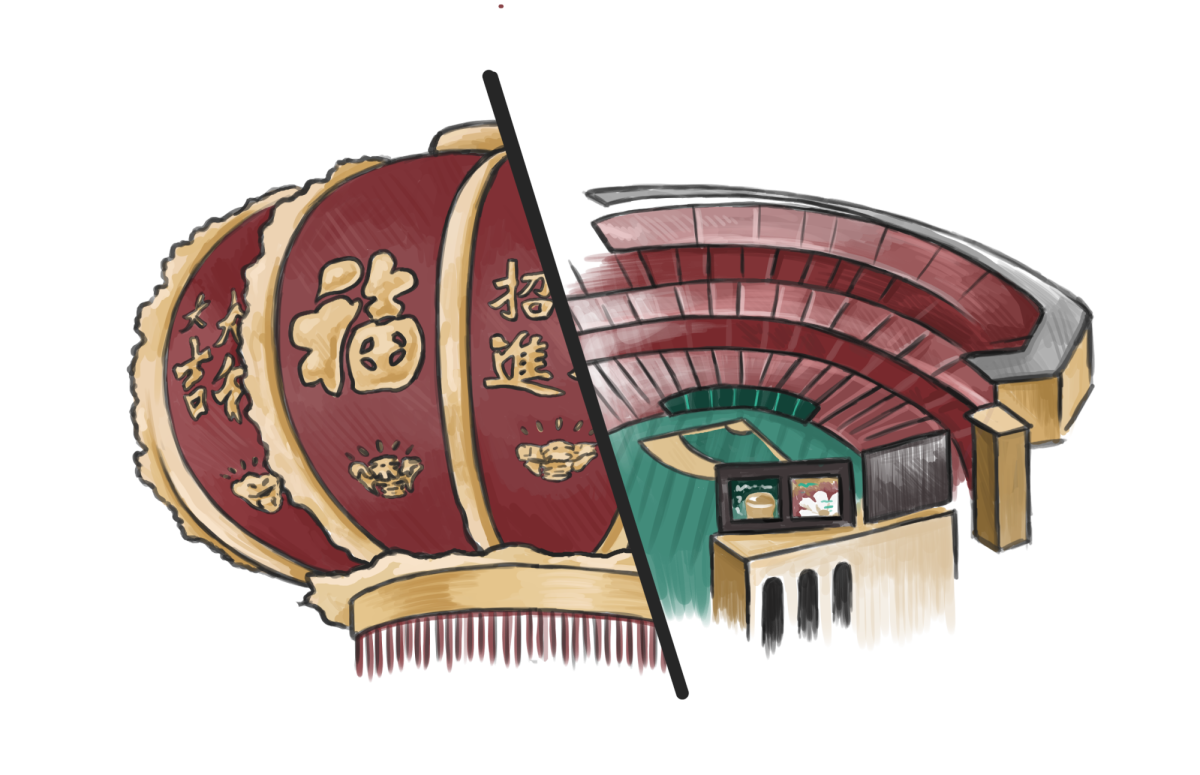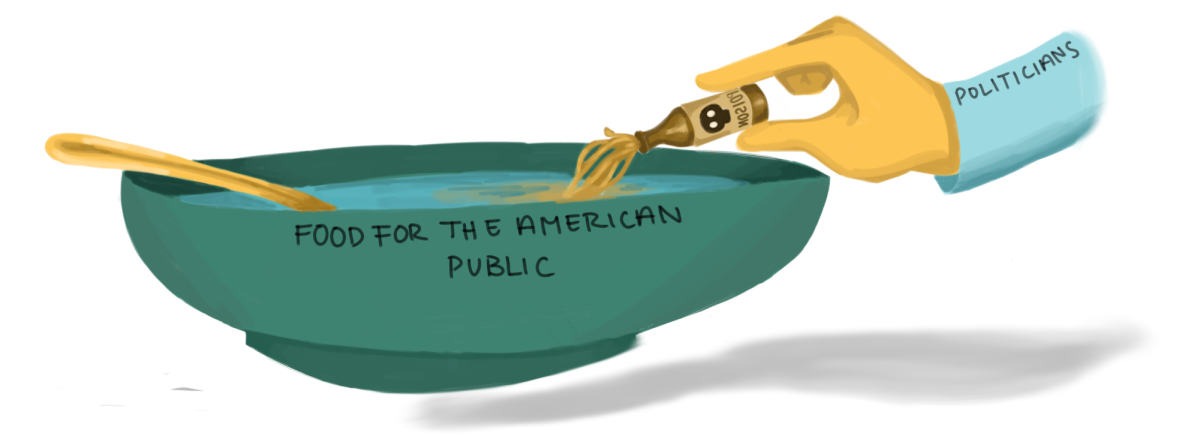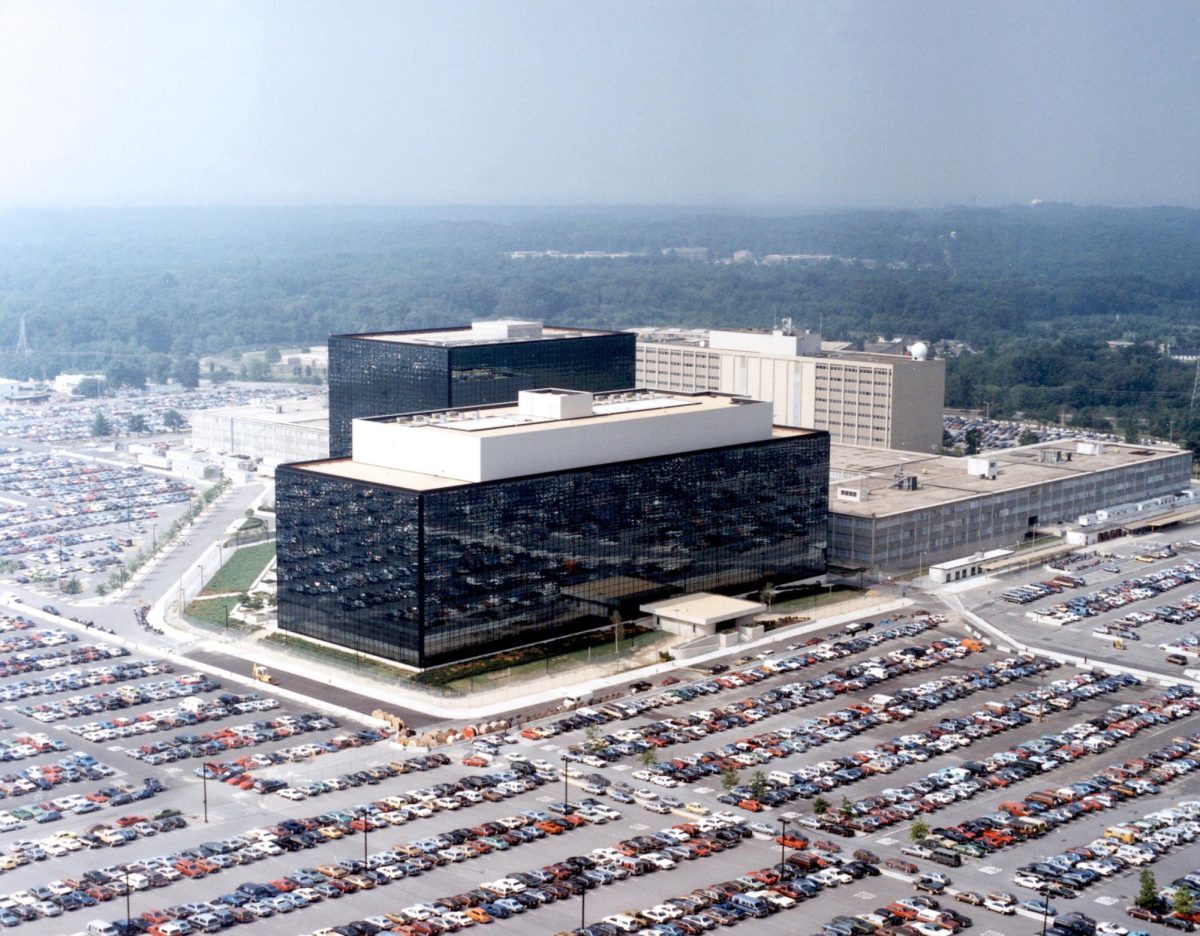Ever since I was young, one question has always evaded me: why cheese? Cheese, quite fundamentally, is confusing. In a world where spoiled milk is repulsive, a startling number of “connoisseurs” waste no time in inflating this unappealing congealment to the status of delicacy. Cheese is everywhere – from inside every main dish to easy-spray aluminum cans to the bright, rubber-like squares buried in the refrigerator drawer. But cheese is nothing special; in fact, it’s gross.
Cheese’s very name should elicit immediate disgust in the minds of all. It is mold, no matter how majestic most make it sound. Its seeming sophistication – its color, aroma, texture, flavor, firmness and sharpness – shrouds its true, unappetizing identity.
However, even if its very concept isn’t enough to upset stomachs, cheese has no place being as widespread as it is today. Some cheese may taste good; maybe it really is an acquired taste. Yet our food shows a different story. Any restaurant is seemingly amiss without a catalog of cheese-dominant appetizers, entrees and deserts scattered through its menu. And even then it’s not enough. Any cheesy dish is incomplete without a heavy hand of extra parmesan shaved on top. Mac and cheese is often unsatisfactory until multiple varieties – ranging in color and taste – are melted inside. Cheese is everywhere, and it doesn’t belong. Our once nuanced palates have been overshadowed by overwhelming amounts of cheddar and mozzarella. Flavors have disappeared; textures have faded. All that’s less is a haphazard cheesy mess.
It’s time to cut the cheese.









